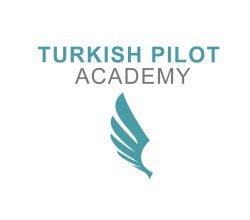
What is Aviation English?
Aviation English is the international language of civil aviation. With the expansion of air travel in the 20th century, there were safety concerns about the ability of pilots and air traffic controllers to communicate. In 1951, the International Civil Aviation Organization (ICAO) recommended in ICAO Annex 10 to the International Chicago Convention that English be universally used for “international aeronautical radiotelephony communications.” Despite being a recommendation only, ICAO Aviation English was widely accepted.
TEA IS NOT A TEST OF OPERATIONAL KNOWLEDGE!
TEA ENGLISH examiners are familiar with aviation and are sometimes pilots or controllers. Nevertheless there are no extra marks to be gained from talking about correct operational procedures. ICAO ENGLISH tests plain English, not phraseology – the ICAO language standards have been introduced to improve communication when phraseology is insufficient.
Measuring Aviation English
The ICAO framework divides English level into 6 levels — pre-elementary (1), elementary (2), preoperational (3), operational (4), extended (5), and expert (6).
In order for pilots and ATCs to work in international air space they need to be ICAO Level 4
‘Operational’.
The tests look at 6 aspects of English:
• Vocabulary
• Structure
• Pronunciation
• Fluency
• Comprehension
• Interaction
TEA is suitable for professional, private or student pilots (airplane or helicopter), professional or student controllers, FISOs and radio operators.
What kind of results are given?
The test performance is scored according to the ICAO Language Proficiency Rating Scale.
Any aspect of previous experience or previous test scores cannot be considered as relevant. You will be given a score from 1 to 6 for your performance in Pronunciation, Structure, Vocabulary, Fluency, Comprehension and Interactions.




